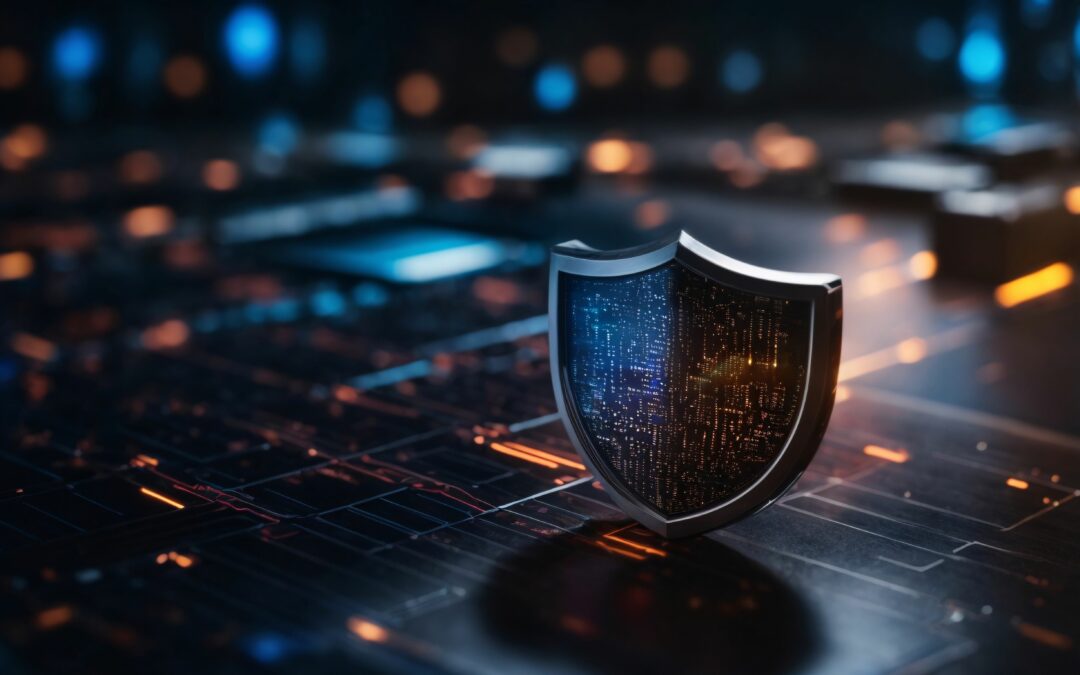Obfuscation is a technique widely used by cybercriminals, Advanced Persistent Threat (APT) groups, and even red-teaming operations. APTs, in particular, rely on obfuscation to remain undetected within networks for extended periods. However, modern malware, ransomware, and Living-off-the-Land (LotL) attacks also employ obfuscation techniques to evade conventional detection systems. Understanding how to detect these obfuscated threats is critical to modern threat hunting and incident response.
Real-World Example: Obfuscation in Cyber Attacks
A recent attack highlights how obfuscation is strategically used to bypass security measures. Cybercriminals leveraged invoice-themed phishing emails to distribute malware such as Venom RAT, Remcos RAT, XWorm, and NanoCore RAT through a multi-stage infection chain:
- Phishing Email with Malicious SVG Attachment: The email contained an attachment that, when clicked, initiated the attack.
- Use of BatCloak and ScrubCrypt: These tools obscure the malware, preventing detection by signature-based security systems.
- Execution of Venom RAT and Additional Malware: The malware deploys persistence mechanisms to anchor itself within the system while bypassing security protections like AMSI and ETW.
- Data Theft and System Control: Venom RAT grants attackers remote access to the infected system, loads additional plugins, and exfiltrates sensitive data, including cryptocurrency wallet information.
This case demonstrates how modern cyberattacks leverage obfuscation to infiltrate IT environments undetected.
Common Obfuscation Techniques
Threat actors use various techniques to disguise malware and malicious activities:
- Code Obfuscation: Encrypting or scrambling malicious code to evade signature-based detection.
- Packing & Encoding: Using packers and crypters (e.g., ScrubCrypt) to obscure malware.
- Steganography: Concealing malicious code within seemingly benign files.
- Living-off-the-Land (LotL) Attacks: Exploiting legitimate system tools such as PowerShell and WMI for malicious purposes.
- Traffic Obfuscation: Concealing malicious communication within legitimate cloud services or encrypted tunnels.
Why Traditional Security Tools Fail
Many Endpoint Detection and Response (EDR) and Antivirus (AV) solutions rely on signatures or heuristic algorithms to detect threats. However, modern obfuscation techniques are designed specifically to circumvent these mechanisms. The major weaknesses of conventional security tools include:
- Polymorphic Malware: Constantly changes its code with each infection, rendering signature-based detection ineffective. Attackers use this technique to bypass antivirus solutions and distribute new malware variants continuously.
- Obfuscation via Legitimate Tools: Threat actors abuse trusted system tools such as PowerShell and WMI to execute malicious code. Since these tools are essential components of modern operating systems, their activity often appears benign, allowing them to bypass traditional security measures.
- Memory-Only Malware: Some threats reside exclusively in memory without leaving traces on disk. Many security solutions primarily scan files rather than analyzing volatile memory or process behavior, making it extremely difficult to detect such attacks.
- Multi-Stage Infection Chains: Cyberattacks increasingly use multi-stage installations, where an initially harmless file is executed to later retrieve and deploy additional malicious payloads. This strategy complicates detection since the actual malware may only activate after several steps.
- Bypassing Security Mechanisms: Many modern malware families are engineered to disable or evade security features such as AMSI (Antimalware Scan Interface) and ETW (Event Tracing for Windows), allowing them to operate stealthily even on systems protected by advanced EDR solutions.
How THOR Uncovers Hidden Cyber Threats
Understanding how to detect obfuscated threats requires more than reactive detection or simple IOC matching. While traditional EDR and AV solutions rely on recognizing known signatures, THOR leverages YARA-, Sigma-, and anomaly-based detection methods to identify hidden attacks and trace their origins. With that, Nextron’s THOR employs cutting-edge threat-hunting techniques to expose even the most sophisticated obfuscated threats. These advanced techniques go beyond static signature recognition and actively identify behavioral anomalies, suspicious patterns, and hidden attack indicators that would otherwise remain undetected.
As an on-demand forensic scanner, THOR inspects file systems, memory, logs, and system artifacts during scheduled or manually triggered scans. Its detection capabilities rely on a combination of YARA rules, Sigma rules, and anomaly detection techniques designed to uncover obfuscated activity and behavioral deviations indicative of compromise. Unlike conventional tools that depend solely on predefined threat intelligence, THOR applies a curated set of generic detection rules that surface suspicious patterns—even those associated with novel or previously unknown threats—by highlighting inconsistencies, misuse of legitimate tools, and traces typically missed by AV or EDR solutions.
Why THOR Is the Ultimate Threat Hunting Solution
- Identifies hacker tools, malware outputs, and customized threats that evade traditional signature-based detection.
- Requires no installation – runs portably, remotely, or through the ASGARD Management Center.
- Uses anomaly-based detection to uncover even unknown threats.
Gaining Visibility: The Key to Defeating Obfuscated Threats
Obfuscation is one of the most powerful techniques employed by modern attackers. However, with THOR, even well-hidden threats can be exposed. By combining YARA, Sigma, and behavioral anomaly analysis, Nextron provides a robust cybersecurity solution for rapidly identifying compromised systems.
Have you checked your IT environment for hidden threats? Try THOR now! 🚀










